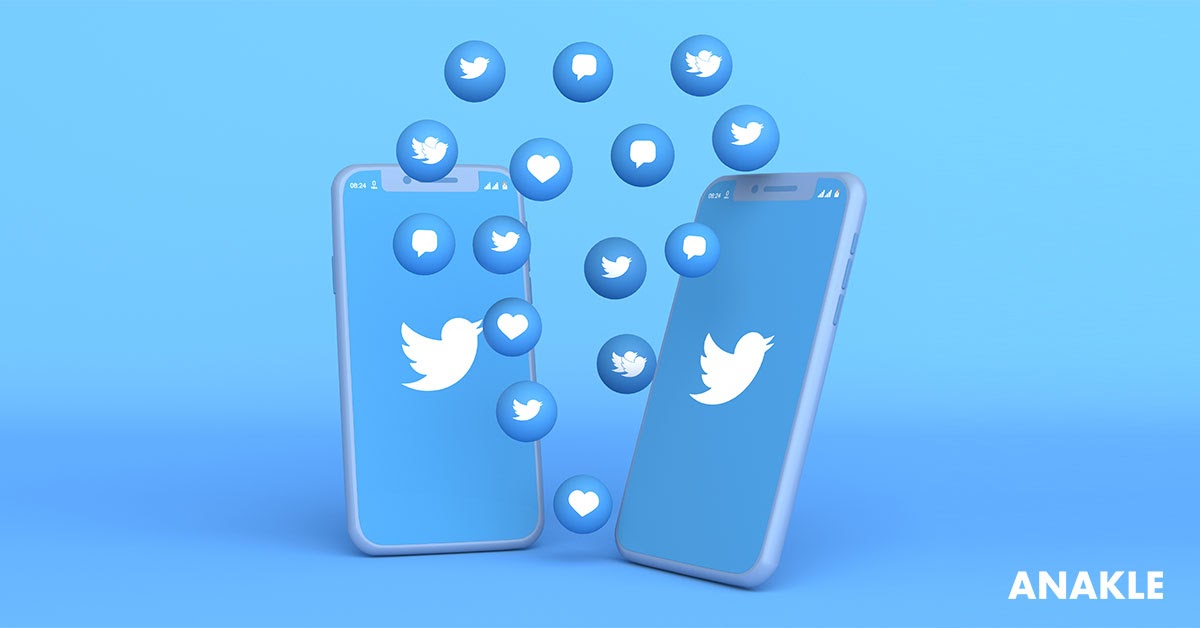The announcement of Twitter’s new feature has caused a lot of stir and concerns for the marketing world. The feature called ’Super Follow’ allows users, influencers and creators with a large following to monetize tweets. Similar to the model adopted by Onlyfans, a paid social media platform where only paid subscribers have access to content, the Super Follow feature is also geared towards making followers show their ‘support’ by subscribing with the stipulated monthly fee. This subscription is required to get access to a supporter badge, subscribers-only newsletter, exclusive content, deals, discount and community access. There are many questions on people’s minds as to the implications of this new move. One of such is its possible effects on brand campaigns, influencer marketing and consumer engagement.
Businesses need top of mind awareness to stay relevant and keep their audience engaged. Eighty-nine percent of marketers set brand awareness as their top goal as customers often require five to six interactions with a brand before they remember the brand. The collaboration of a brand and a content creator, curator or one with existing, engaged followership on social media to drive the awareness and sales of a brand among followers has thus been an effective strategy for brand campaigns and consumer engagement. A recent study demonstrates that 94% of marketers from various fields believe that influencer marketing is a beneficial campaign strategy, and the success rate has resulted in an over 65% increase rate in influencer marketing budgets. The effectiveness of this strategy is visible in the growth of its market size as influencer marketing statistics reveal that the size grew from $1.7 billion in 2016, $9.7 billion in 2020, and is expected to reach $13.8 billion in 2021.
Social media platforms are used to push influencer marketing strategies and some of the most successful brand campaigns happening on social media attribute their successes to influencer marketing. About 67% of brands use Instagram for influencer marketing, and while Twitter influencer marketing stat may not be as impressive, research has it that Twitter users who recall an ad from a creator show a +39% increase in brand favorability, and +41% increase in purchase intent, compared to ads recalled that were produced by brands. The effectiveness of influencer marketing on Twitter puts it in an aggressive competition with both Facebook and Instagram.
Twitter owes the success of the execution of most brand campaigns to Influencers and launching a feature that allows only subscribers access to influencers’ content might take a toll on the audience reach for brands as well as influencers without valuable niche content to offer. Brand campaigns rely heavily on audience participation and this participation is often generated using micro or macro-influencers. Apart from YouTube, only Facebook has been able to successfully integrate earnings for influencers and creators. And while this is a good attempt at helping Twitter Influencers make some more bucks, this will, however, also separate those who genuinely have something to offer and those who are just influencers by mere popularity.
In the world of influencer marketing, it has been difficult to determine the criteria that make one an influencer. In recent times, being an influencer has been narrowed down to merely having a large number of followers, whether as a value-pusher or a mere noisemaker. The success of using both sets of influencers for brand campaigns has been hinged on its free followership and access to content. If those who have been enjoying free access to followership now have to pay to see premium tweets and content, then influencers also have to gear up to dishing out more valuable content.
In the world of influencer marketing, it has been difficult to determine the criteria that make one an influencer. In recent times, being an influencer has been narrowed down to merely having a large number of followers, whether as a value-pusher or a mere noisemaker. The success of using both sets of influencers for brand campaigns has been hinged on its free followership and access to content. If those who have been enjoying free access to followership now have to pay to see premium tweets and content, then influencers also have to gear up to dishing out more valuable content.
Subject-experts and creators of valuable content might be more on the receiving side of this feature. Being known for value pushing and subject expertise, people might be willing to pay to get valuable information and content, compared to those who merely post their lifestyles, jokes and other random content that can be streamed or watched on other platforms for free or less. This new feature would place a demand on influencers to consistently come up with engaging content worthy of being paid for. On the other hand, brands would get to enjoy a more targeted audience for their campaigns as there would be better insight and understanding of the followers of each subject-expert and content creator.
With varying pros and cons of this feature, we can’t wait to see its level of reception by the Twitter community – especially in Nigeria – and its success in the long run. Are Twitter audiences ready to pay to see promotions from influencers? Will this affect the growth of the influencer market? Will influencers themselves take up the challenge to consistently create more engaging content? Will brands begin to look for other platforms with fewer complications or will Twitter be able to pull this off? What Anakle does know, is that it is time for the real influencers to gear up as there would be a separation of value-pushers and junk creators.
Follow us on social media via Twitter, Instagram, and LinkedIn for more updates on digital domination and growth.

